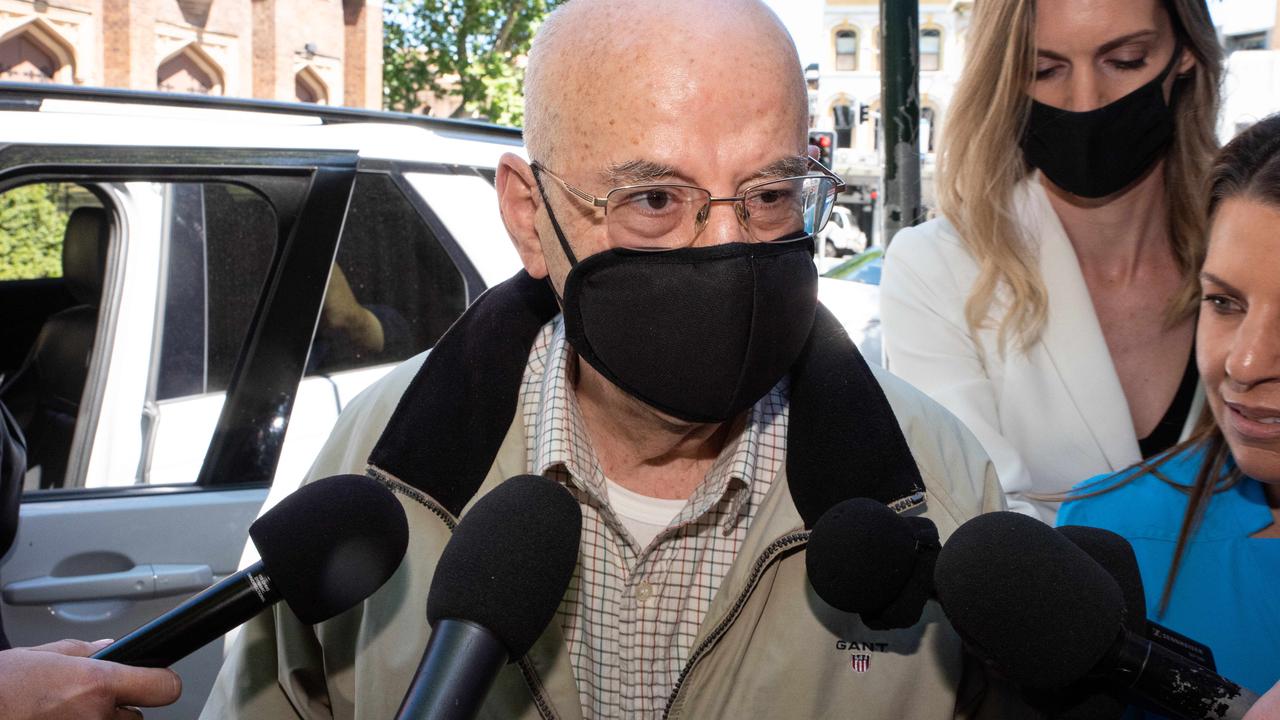Bushfires: koala deaths a catastrophe but extinction a long way off, say wildlife experts
Despite thousands of koalas being killed by devastating bushfires, experts say it is unlikely the species will be extinct anytime soon.

Despite thousands of koalas being killed across the country in this devastating bushfire season, experts say it is unlikely the species will be extinct any time soon.
The full extent of the death toll is yet to be assessed, but according to the University of Sydney, about 8000 koalas have died as a result of the fires in NSW — nearly one-third of the state’s koala population — and 25,000 are believed to have been killed on Kangaroo Island, about half the estimated koala population of the island.
Desley Whisson, a senior lecturer in wildlife and conservation biology at Deakin University, said while the bushfires may cause localised extinction there was not yet a threat of extinction on a national scale. “We’ve got too many healthy populations elsewhere for extinction to happen at a national level,” Ms Whisson said.
Ben Moore, a senior lecturer at the Hawkesbury Institute for the Environment at Western Sydney University, said there was no question the bushfires made extinction “more likely”, but that it was “not over yet”. He said the unreliability of population estimates made it difficult to calculate the actual numbers of koalas lost to the bushfires, but he said these losses compounded those caused by the ongoing drought.
“Populations of animals always go up and down with droughts and bushfires but we haven’t had bushfire of this intensity on top of drought before so this puts koalas in a much worse situation,” Dr Moore said. “They’re not going to be extinct globally but there will certainly be regional extinctions.”
Since May 2012, koalas have been listed as vulnerable in Queensland, NSW and the ACT because populations in these regions have declined significantly or are at risk of doing so.
In Victoria and South Australia however, where populations are larger, the koala is considered a common animal and female koalas on Kangaroo Island have been sterilised in the past to slow breeding as high population numbers were damaging the landscape.
A report from a parliamentary inquiry in July last year recommended SA declare koalas “over-abundant” and culling was floated as a potential solution.
“It’s interesting that everyone has been jumping on the significant number of koala deaths on Kangaroo Island when just a few months ago people were saying they should be culled due to over-abundance,” Ms Whisson said.
“It’s just one of the many contradictions that have come out of this crisis.”
Ms Whisson, who previously worked on the Kangaroo Island koala management program, said she was concerned about “loss of diversity” in the NSW koala population after a significant part of their habitat was destroyed by fire.
“Koalas in Victoria and South Australia have a lot lower genetic diversity than what we see elsewhere, so if the habitat and certain localised groups have been eradicated in NSW that will be a real shame,” Ms Whisson said.
Environment Minister Sussan Ley has pledged a major response to the koala devastation as part of a $50m wildlife package announced by the government.



To join the conversation, please log in. Don't have an account? Register
Join the conversation, you are commenting as Logout